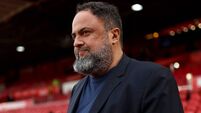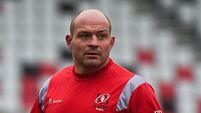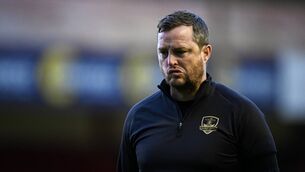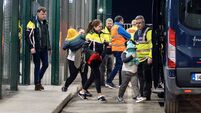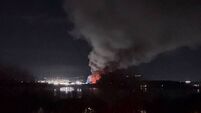James O’Brien: ‘Very often when I’m calling the notes, I’m calling them blind’
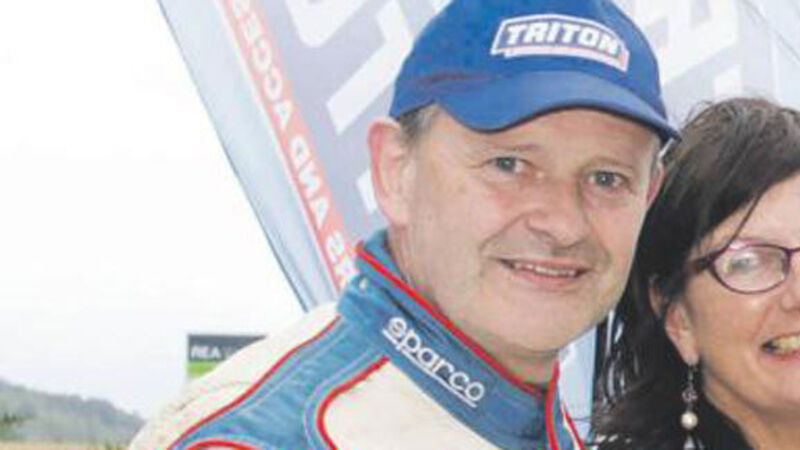
When you’re looking at that video, you’re looking out the front window the whole time. What they’ve done with the cars is tried to get the centre of gravity down, so the navigator is pushed lower into the car and further back.





